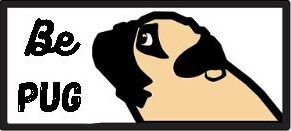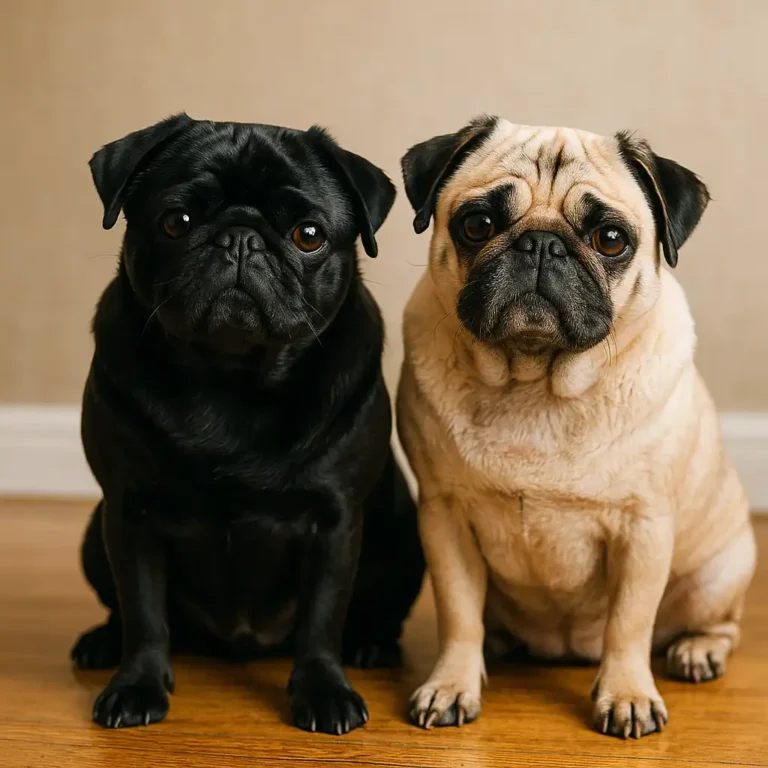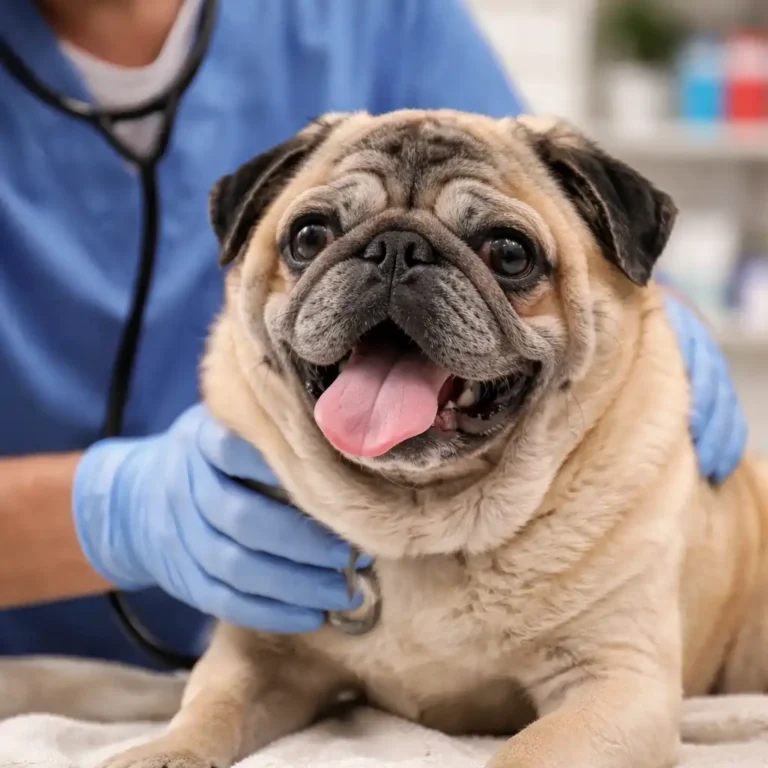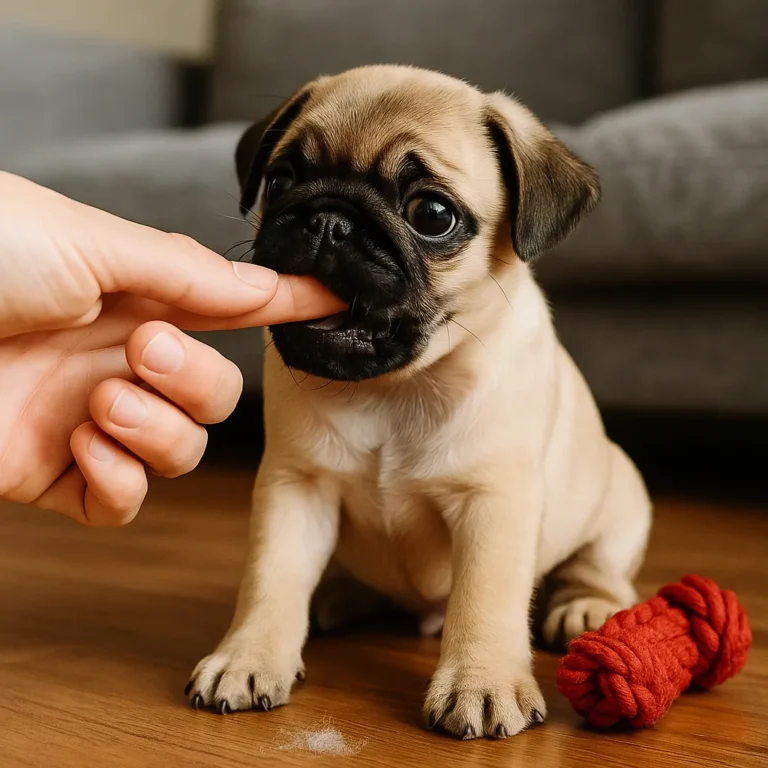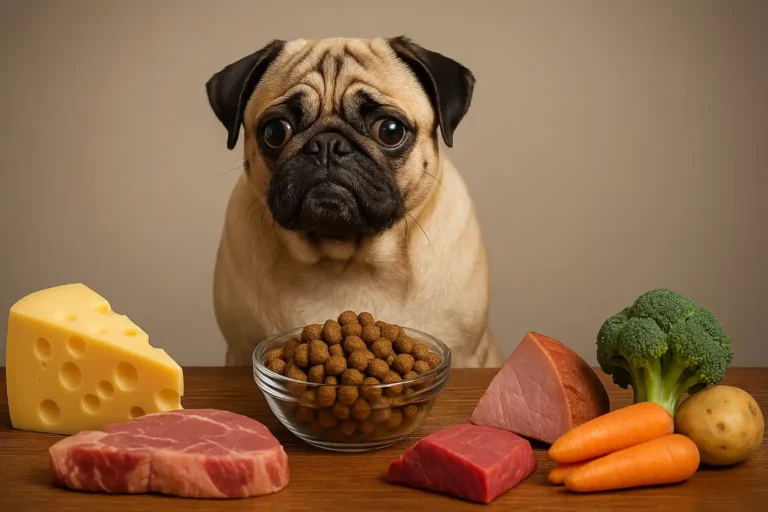Do Pugs Shed a Lot of Fur? Tips for Managing It at Home
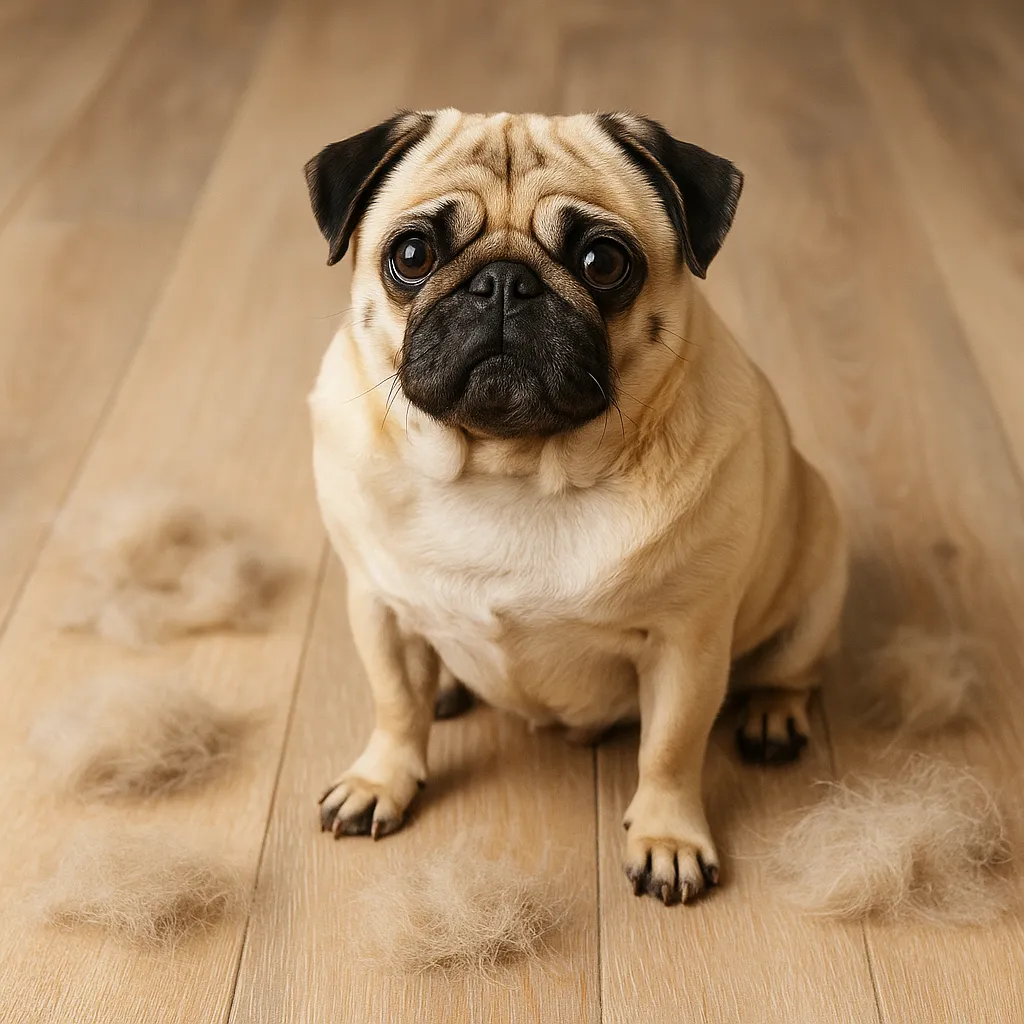
Disclosure: This post contains affiliate links. As an Amazon Associate, I earn from qualifying purchases—at no extra cost to you.
Pug owners quickly learn that living with one of these lovable dogs means dealing with a surprising amount of fur. While their short coat might seem low-maintenance at first, pugs are actually known for shedding quite a bit—especially fawn-colored ones with double coats.
This post breaks down what causes all that shedding, what’s considered normal, and how to manage it without losing your patience (or your vacuum).
Pugs Have a Double Coat That Sheds Year-Round
Most pugs have a double coat, which includes a soft undercoat and a slightly thicker outer layer. That combination means they shed steadily all year. During seasonal changes—especially spring and fall—shedding tends to spike as they “blow” their undercoat.
Fawn pugs usually have more noticeable shedding than black pugs, who often have a single coat. Still, even single-coated pugs will leave fur behind on furniture, floors, and clothing.
When Shedding Could Mean Something More
Regular shedding is completely normal, but there are times when it can signal something else. If your pug’s fur is coming out in patches or their skin looks irritated, it may be due to allergies, diet, or stress.
Many pug owners have shared in forums that increased shedding sometimes follows a diet change or periods of anxiety—like moving to a new home. According to veterinary sources, deficiencies in omega-3s, zinc, or certain vitamins can also lead to poor coat condition and hair loss.
If your pug’s shedding changes suddenly or you notice red, dry, or flaky skin, it’s a good idea to check with a vet.
Diet and Grooming Make a Noticeable Difference
While you can’t stop shedding entirely, you can definitely reduce it. Regular brushing—two to three times a week—is one of the easiest ways to manage loose fur. During heavy shedding months, daily brushing with a slicker brush or de-shedding tool can really help.
Feeding also plays a big role. According to feedback from experienced pug owners, high-quality foods with omega fatty acids support healthier skin and coats. Some people add fish oil or other skin-support supplements to help with shedding and dry skin.
Bathing your pug with a gentle, hypoallergenic shampoo every few weeks can also make a difference. Just avoid overbathing, which can strip away natural oils and make skin problems worse.
Shedding Doesn’t Mean Your Pug Is Unclean
It’s easy to assume that shedding equals poor hygiene, but that’s not the case. Pugs naturally shed—it’s just part of their biology. Even clean, well-groomed pugs leave behind a trail of fur.
Most pug owners learn to live with it. Lint rollers, washable throws, and vacuum cleaners designed for pet hair become everyday essentials. With a bit of effort and the right routine, shedding becomes just another part of pug life—not something to stress over.
Conclusion
Yes, pugs shed—and for most, it’s more than expected. But it’s a natural process tied to their coat type and overall health. With regular brushing, a balanced diet, and the occasional bath, you can keep shedding under control and your pug’s coat in great shape. Pay attention to any sudden changes and don’t hesitate to reach out to your vet if something feels off. Each pug is different, and finding the right care routine can make life with them a little cleaner—and just as cuddly.
